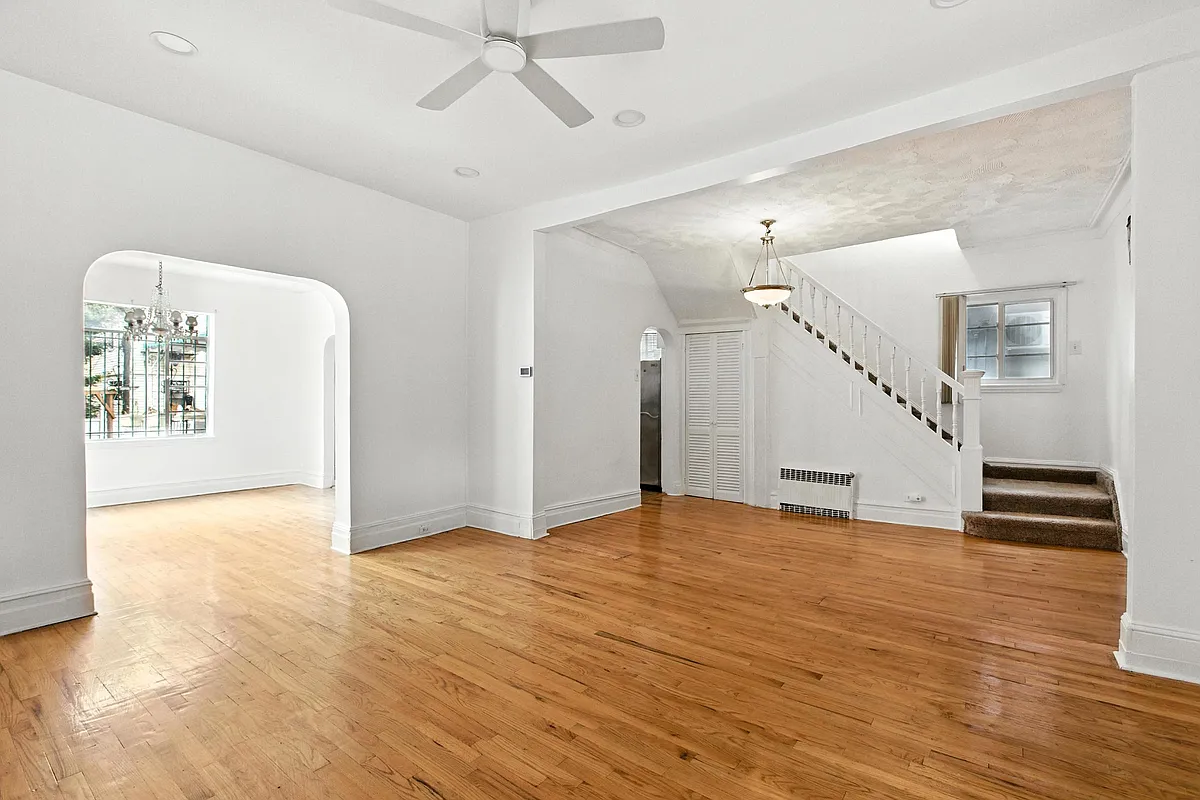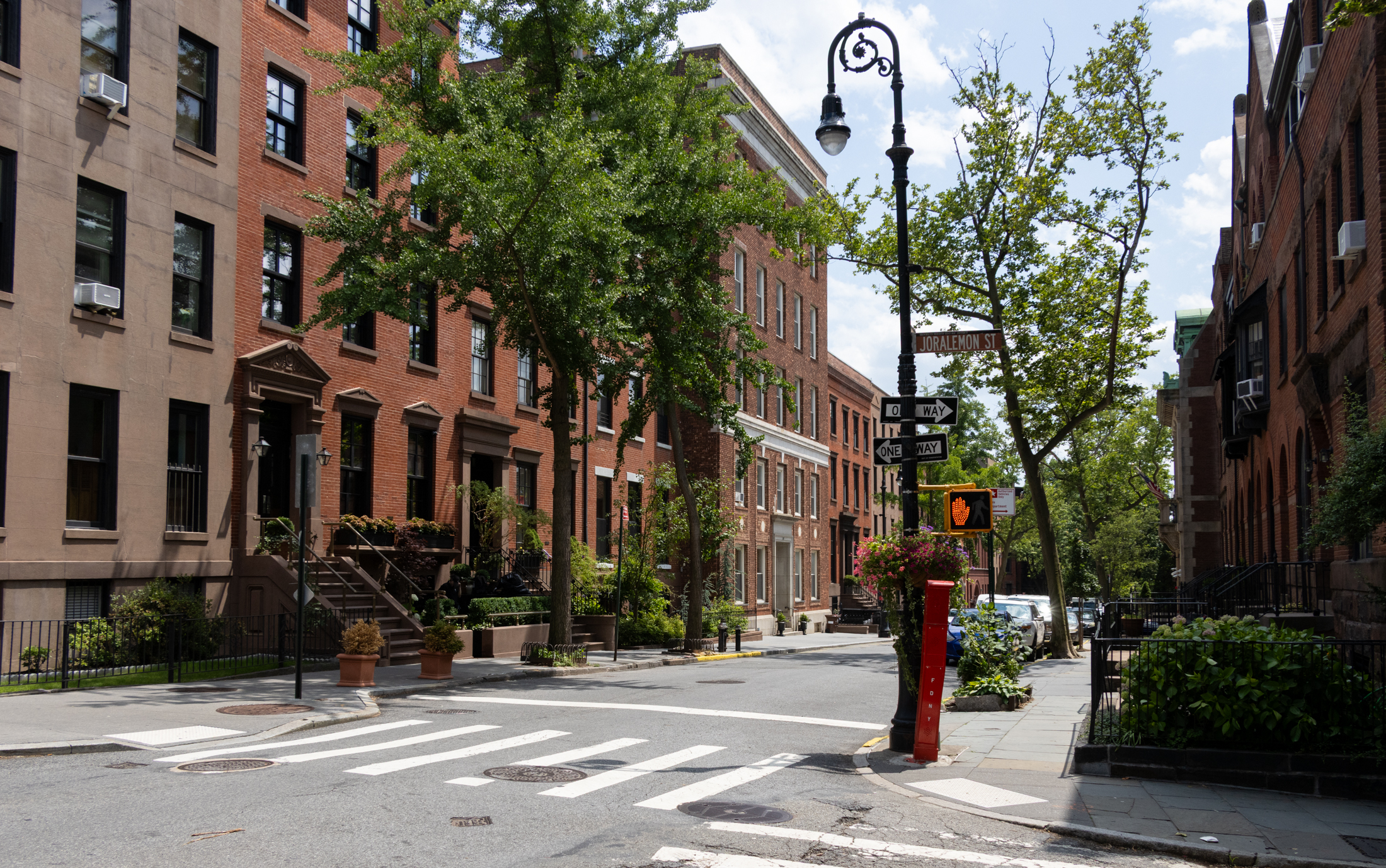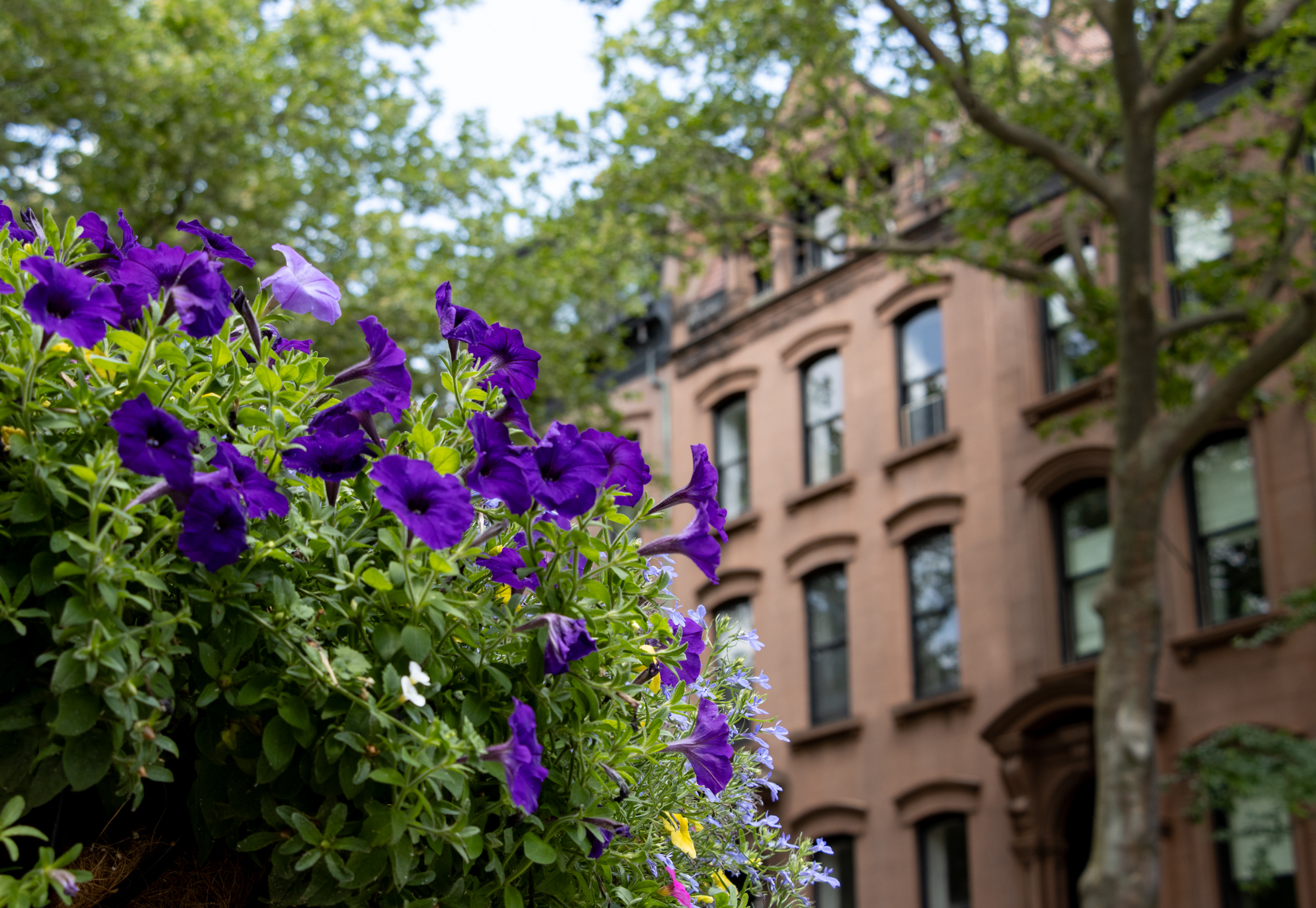Wallabout Becomes a State Historic District
NY1 reported yesterday that the State Board for Historic Preservation designated a Wallabout historic district. The Myrtle Avenue Revitalization Project’s Michael Blaise-Backer noted that the designation provides tax incentives for preservation. The LPC is separately considering a Wallabout Historic District. Brooklyn’s Wallabout Becomes A Historic District [NY1]


NY1 reported yesterday that the State Board for Historic Preservation designated a Wallabout historic district. The Myrtle Avenue Revitalization Project’s Michael Blaise-Backer noted that the designation provides tax incentives for preservation. The LPC is separately considering a Wallabout Historic District.
Brooklyn’s Wallabout Becomes A Historic District [NY1]





Tying the present economics of Allentown with your perceived lack of a preservation movement is really silly, benson. Especially in light of your last comment about not being able to read minds. Now does vinyl siding mean people don’t want to preserve their homes? It doesn’t- it’s a function of a homes’ history. There was a time when people thought vinyl siding was the most wonderful thing since sliced bread. Same thing for those face stucco facades they slapped up on old brownstones. You stretched your argument way too thin on that one.
And again, re Crown Heights and Bed-Stuy, yes, it does refute your argument. Why assign different motives to homeowners here, than to “gentry?”
Etson;
One day I was between sales calls, and had time to kill. I spent a half-day driving and walking around Allentown. One can see the following:
-it used to be a city of wealth, with many sections of fine homes akin to Brownstone Brooklyn.
-it is now a quite poor city, with only a few middle-class sections left.
-as I mentioned above, one does not see any preservation in practice. It is a sea of shoddy replacement windows and doors, vinyl siding, drooping cornices, etc.
Would the folks there like to preserve their homes, if they had the means? I don’t know – I can’t read minds. I can only make statements based on what I see.
And now, I really have to run 🙂
Well I’m going to split hairs:
MM: “It is also true that people who support landmarking come in all income levels, shapes and sizes.”
Benson: “Montrose made the argument that preservation has broad support across all income groups. ”
Its handy to introduce the word “broad” into your statement to better your argument Benson, but that is not what was written. Were we in a bar and everyone was tryijng to rememnber what was said at the beginning of the argument it might work. Here, the statement is Preserved for all to see, so no go.
The benefits of preservation.
I doubt 15% of Manhattan is landmarked. There is very little in northern Manhattan for instance. I think 8 to 10% max. In Brooklyn its more like 3%. City landmarking does impose fairly strict, some would say overly-strict, rules. As a result of that a lot of illegal work is done. I live in an historic district and I look out the window and I see a lot of alterations that never got landmarks permits. The LPC knows about them, they just don’t do anything about it. That upsets the rest of us who get our little permits like good boys and girls -and put up with the young reviewers who can sometimes be quite snotty and entitled.
The Commission needs to update and streamline their permit process. No doubt about it. I don’t know how they will cope with the huge new districts on the Upper West Side. Those wealthy areas where people are constantly spending money on improvements are a lot more work than Wallabout or Crown Heights.
On what are you basing the assumption that preservation is not broadly supported in those other cities then?
Etson;
I am not splitting hairs. Montrose made the argument that preservation has broad support across all income groups. I refute that notion. It only has support where there is a group of rich folks willing to pay top dollar for the preserved homes. The poor who were the owners of those homes are more-than-willing to sell them to rich folks for top dollar.
When you have cities like Allentown, with no rich folks,there is no broad support. Poor folks are not going to sign up for arduous architectural standards that they can hardly afford, if there is no payback.
I’ve gotta go, so I’ll try to answer the remaining issues as follows:
-Bxgrl, I know I will be cast as the evil Republican for saying this, but the fact that the current residents of Bed-Stuy and Crown-Heights support landmarking does not take away from my argument. If I were an owner of those homes, and I knew that landmarking would up the value of my home, I’d go for it. Yes, that’s right: they might have a vested interest (again, I know, I’m a mercenary).
-Slopey. NYC is projected to (hopefully) grow by 1,000,000 people over the next 20 years. That is a modest growth rate- 11%. This means roughly 250,000 units of new housing. The upzoned corridors you mention above do not come NEARLY close to accommodating this growth. Freezing development in wide swaths of the inner city is poor urban planning.
-Etson: when LPC now has 20,000 buildings under its jurisdiction, we are well past the point of preserving “the best of it”
-Montrose: Venice is a dead city: that’s the problem with it. Beautiful – but dead. Population is rapidly, rapidly decreasing. It is a playground for rich folks and tourists..
You’re splitting hairs because your original statement was based on an assumption.
Nope, not been to Allentown. Scranton, yes. That seems to have a bunch of fairly well preserved buildings downtown. Don’t know about the neighborhoods there.
Etson;
Thanks for the web-sites. Simple question: have you been to Allentown, PA recently? A drive through that town and the others I mention above would reveal that though they might have some organization struggling to preseve the buildings there, but they are failing miserably. These towns are poor, threadbare places that don’t have time to get too excited if someone uses the wrong door on a renovation.
I wrote: THRIVING preservationist movement